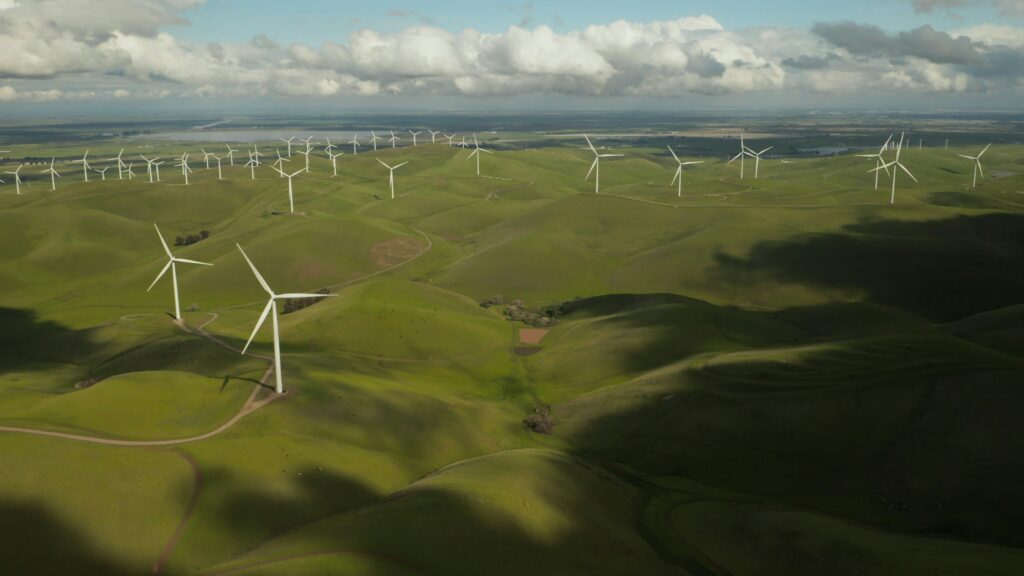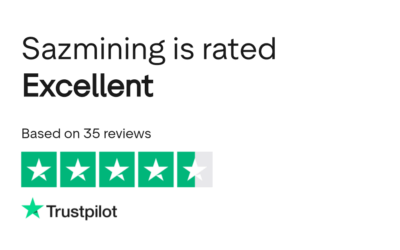Carbon credit trading is a fascinating and impactful way to contribute to environmental sustainability while also potentially benefiting financially. Whether you’re an individual or a business, here’s a step-by-step guide on how to get started:
Índice
.
Educate Yourself: Understand Carbon Credits
Before diving into carbon credit trading, it’s essential to grasp the basics:
- What Are Carbon Credits?
- Carbon credits represent a unit of measurement that corresponds to the removal or reduction of one metric ton of carbon dioxide (CO2) or its equivalent in other greenhouse gases (GHGs) from the atmosphere. They are essentially a permit that allows the holder to emit a specified amount of GHGs.
Carbon credits typically originate from projects or activities that lead to the reduction, avoidance, or removal of greenhouse gases. These projects can include renewable energy generation, reforestation efforts, energy efficiency initiatives, methane capture from landfills or agricultural operations, and various other carbon offset projects.
- Carbon credits represent a unit of measurement that corresponds to the removal or reduction of one metric ton of carbon dioxide (CO2) or its equivalent in other greenhouse gases (GHGs) from the atmosphere. They are essentially a permit that allows the holder to emit a specified amount of GHGs.
- Verification and Auditing:
- Carbon credits must be certified by recognized standards or protocols to ensure their legitimacy and effectiveness in reducing emissions. Common certification standards include the Clean Development Mechanism (CDM) under the Kyoto Protocol, the Verified Carbon Standard (VCS), and the Gold Standard.
- Carbon credits must be certified by recognized standards or protocols to ensure their legitimacy and effectiveness in reducing emissions. Common certification standards include the Clean Development Mechanism (CDM) under the Kyoto Protocol, the Verified Carbon Standard (VCS), and the Gold Standard.

Types of Carbon Markets
- Compliance Markets:
- These markets are established by governments or regulatory bodies to meet mandatory emissions reduction targets set by regulations or international agreements such as the Kyoto Protocol or the Paris Agreement.
- Participants in compliance markets, often large industrial emitters, are legally required to acquire and surrender a certain number of carbon credits to demonstrate compliance with emissions reduction targets.
- Examples include the European Union Emissions Trading System (EU ETS), California’s cap-and-trade program, and the Regional Greenhouse Gas Initiative (RGGI) in the northeastern United States.
- Voluntary Markets:
- Voluntary carbon markets are driven by individuals, organizations, and companies voluntarily seeking to offset their carbon footprint and demonstrate environmental responsibility. Participants purchase carbon credits as a means to mitigate their emissions and support projects that reduce or remove greenhouse gases.
- These projects can include renewable energy initiatives, reforestation efforts, methane capture projects, and others. Voluntary markets offer flexibility and allow participants to choose the types of projects they support. Examples of voluntary carbon market platforms include the Verified Carbon Standard (VCS), Gold Standard, and various voluntary offset retailers.
- Regional Markets
Some carbon markets operate at the regional level, focusing on specific geographical areas or jurisdictions. These markets may be established by groups of countries, states, provinces, or cities to address emissions reduction targets and promote carbon pricing mechanisms tailored to their specific needs and circumstances.
Examples include the Western Climate Initiative (WCI), a regional carbon market involving several states in the western United States and provinces in Canada, and the Tokyo Metropolitan Government’s cap-and-trade program.
Where to Find Carbon Markets
- United States:
- Carbon markets exist throughout the U.S., including individual states and regional cooperatives.
- Examples include California’s market (California Cap-and-Trade Program) and the Regional Greenhouse Gas Initiative (RGGI) in the Northeastern states.
- European Union:
- The EU has its own emissions trading system (EU ETS), which covers various sectors.
- Companies within the EU trade allowances to meet their emissions targets.

Carbon Credit Trading
- Verification Process:
- Whether in compliance or voluntary markets, companies need third-party verification of their emissions reductions.
- Verification ensures the legitimacy of carbon credits.
- Market Participation:
- Open an account with a carbon credit trading platform or brokerage.
- Search for carbon emissions within the platform.
- Decide whether to “buy” or “sell” carbon credits.
- Set your position size and manage risk with stops and limits.
- Execute your trade and monitor the market.
Stay Informed
- Market Trends:
- Keep track of market trends, regulatory changes, and international agreements.
- Understand the impact of these factors on carbon credit prices.
Remember, carbon credit trading is not only about financial gains; it’s about mitigating climate change and promoting environmental stewardship. By participating in carbon markets, you contribute to a more sustainable planet for future generations.









